*
I’m in the process of building a new shop for myself(finally). I’ve designed it to fit the style of our house and the neighbourhood. This includes exposed rafter tails and t&g soffit. The roof is built with TJI rafters to a LVL beam and the ceiling is vaulted. My question is about the soffit vents. In order to hide the vents, I have used “sleepered” steel roof, vented at the eve and ridge. I’ve located what would be the soffit vents through the roof sheeting, just inside the top plates of the side walls. Because of our cold climate here, I believe this system allows me what would be a modifide “cold” roof. The air will move across the top of the roof sheeting,under the steel, and below, between the insulation and the underside. Does this make sense?, Does anyone have any comments? Thanks.
Discussion Forum
Discussion Forum
Up Next
Video Shorts
Featured Story
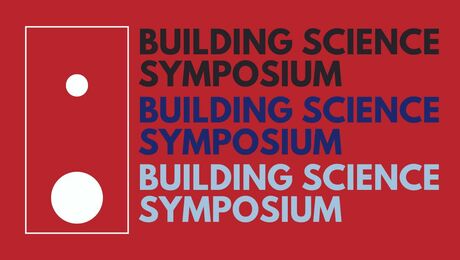
Fine Homebuilding is excited to be the official media partner of the 2024 Building Science Symposium series! This event offers builders, tradesmen, architects, designers and suppliers to discuss topics ranging…
Featured Video
SawStop's Portable Tablesaw is Bigger and Better Than BeforeHighlights
"I have learned so much thanks to the searchable articles on the FHB website. I can confidently say that I expect to be a life-long subscriber." - M.K.









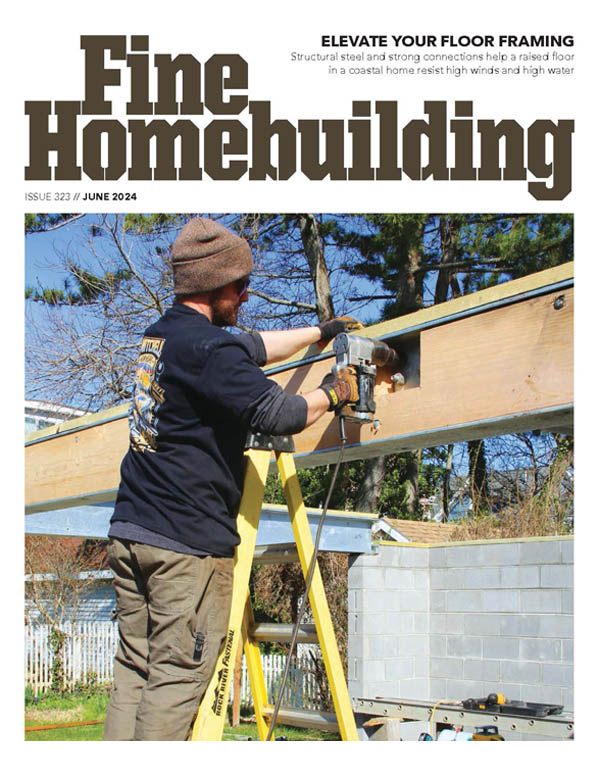

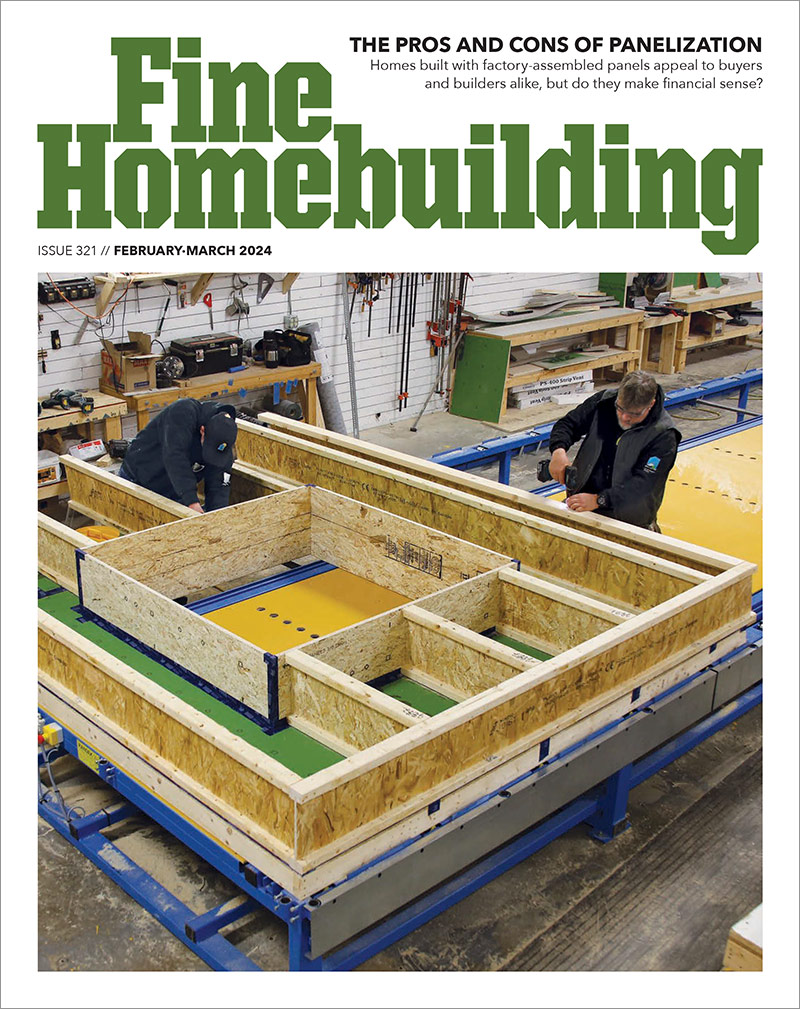

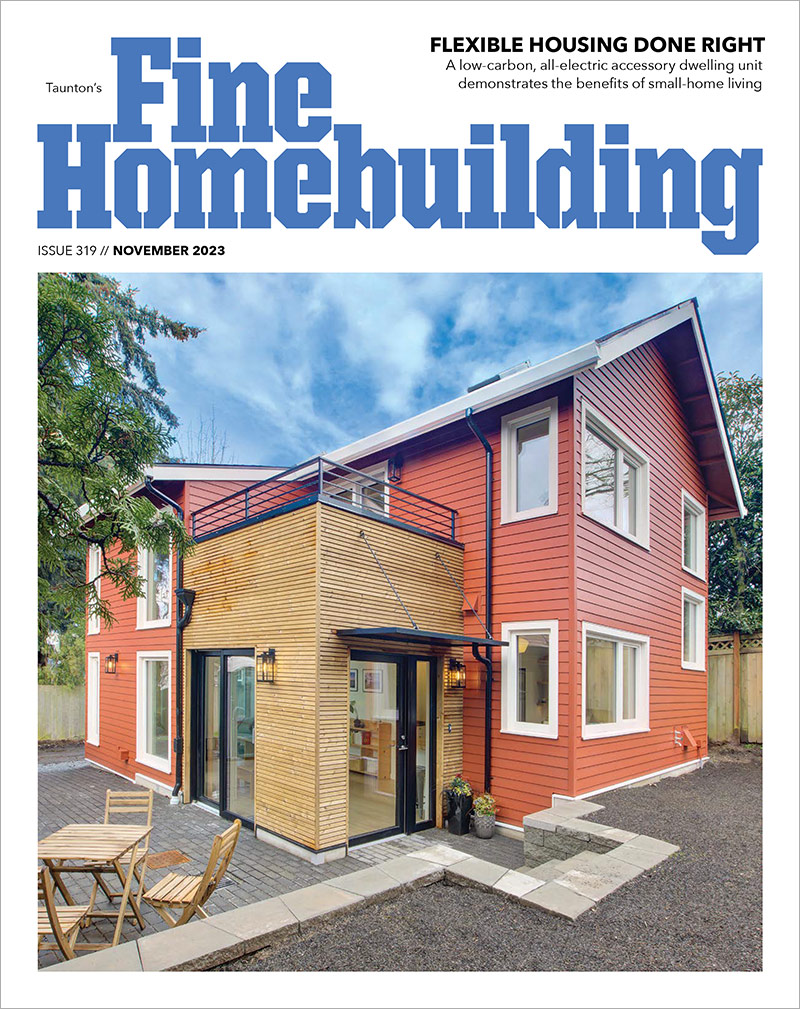

Replies
*
I'm in the process of building a new shop for myself(finally). I've designed it to fit the style of our house and the neighbourhood. This includes exposed rafter tails and t&g soffit. The roof is built with TJI rafters to a LVL beam and the ceiling is vaulted. My question is about the soffit vents. In order to hide the vents, I have used "sleepered" steel roof, vented at the eve and ridge. I've located what would be the soffit vents through the roof sheeting, just inside the top plates of the side walls. Because of our cold climate here, I believe this system allows me what would be a modifide "cold" roof. The air will move across the top of the roof sheeting,under the steel, and below, between the insulation and the underside. Does this make sense?, Does anyone have any comments? Thanks.